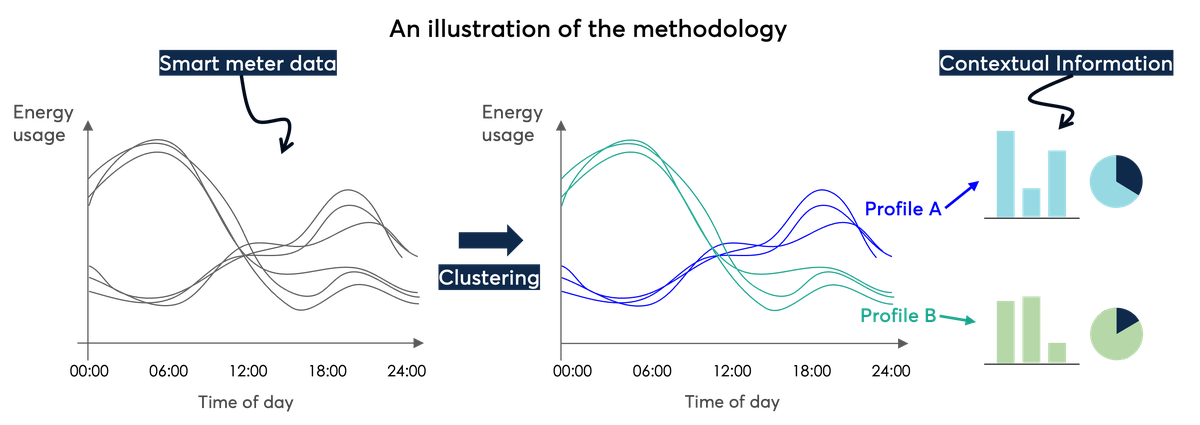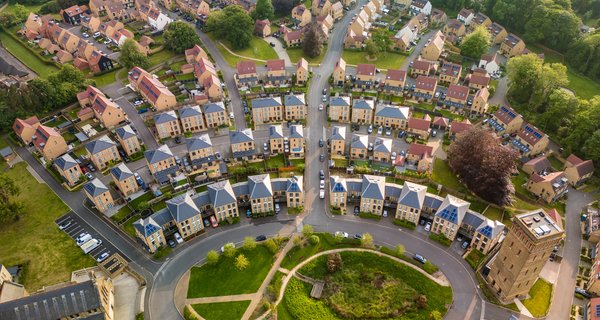Contextualising energy-use profiles with information about homes and households
Using various methodologies and datasets, different sets of profiles or archetypes of energy consumption can be identified to serve a variety of purposes, such as building daily energy profiles from smart meter data to understand how household energy consumption can change under the influence of different external factors, and Ofgem’s consumer archetypes to understand how changes in the energy system might impact different groups of energy consumers in the population.
In this work, we intentionally limited our analysis to grouping households on smart meter consumption data only. This approach allowed us to create household groups based entirely on their energy consumption patterns, ensuring that no other factors influenced the groupings.
In addition to smart meter data, SERL observatory data also provides more information for each household, including:
- Household details and socio-demographic information: gross annual income, number of occupants, household composition, working status of occupants, region and index of multiple deprivation quintile
- Property details: tenure, property type and age band
- Technologies in the home: presence of solar panels, battery storage, electric heating, smart heating controls, heat pumps and air conditioning units.
This additional information is used to provide context for each profile after profiles are built. As such, profiles might contain a mixture of demographics, heating technologies and property types. By doing this we can assess how profiles differ according to non-consumption factors like the presence of a heat pump or household composition.
The next sections highlight our main learnings.






